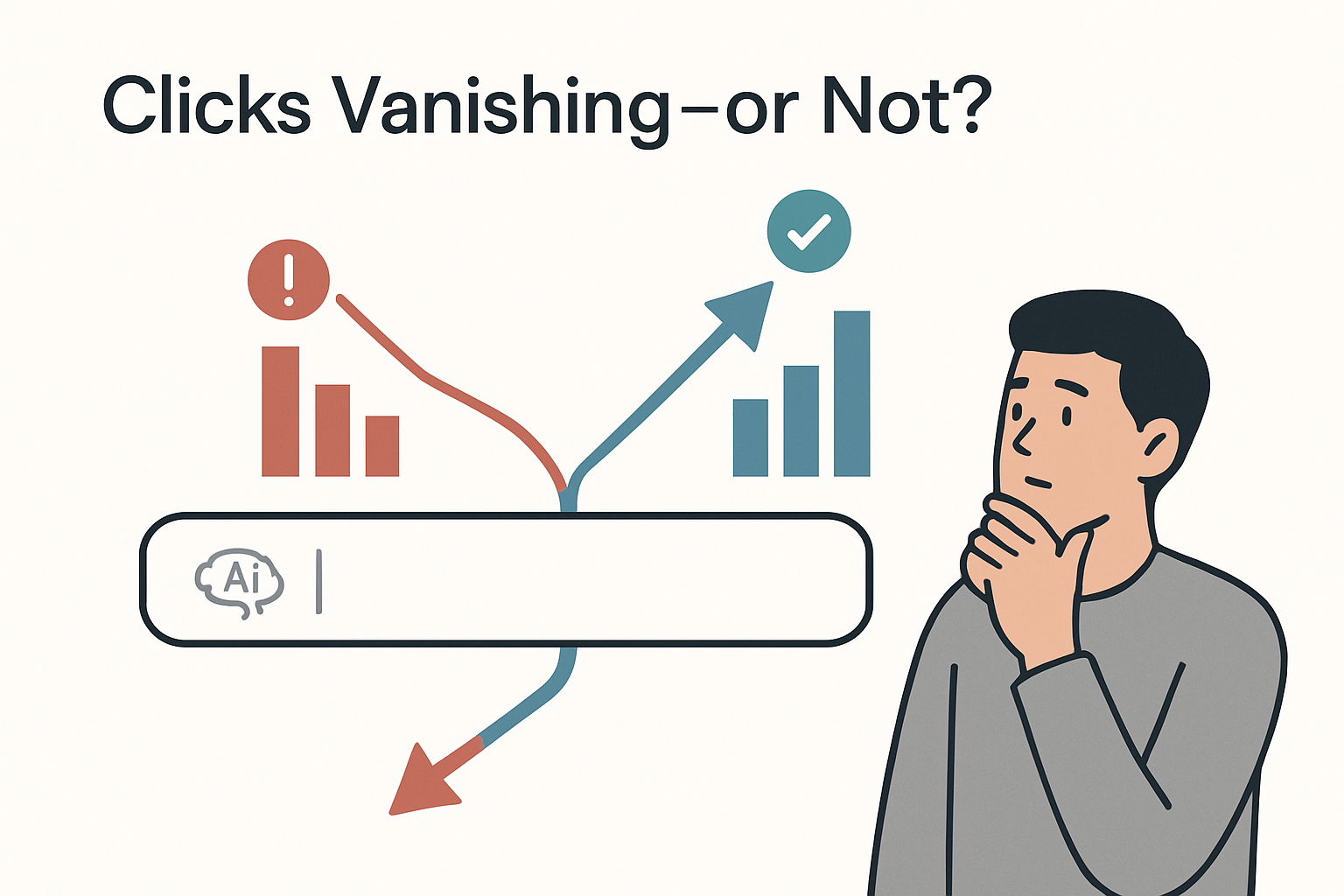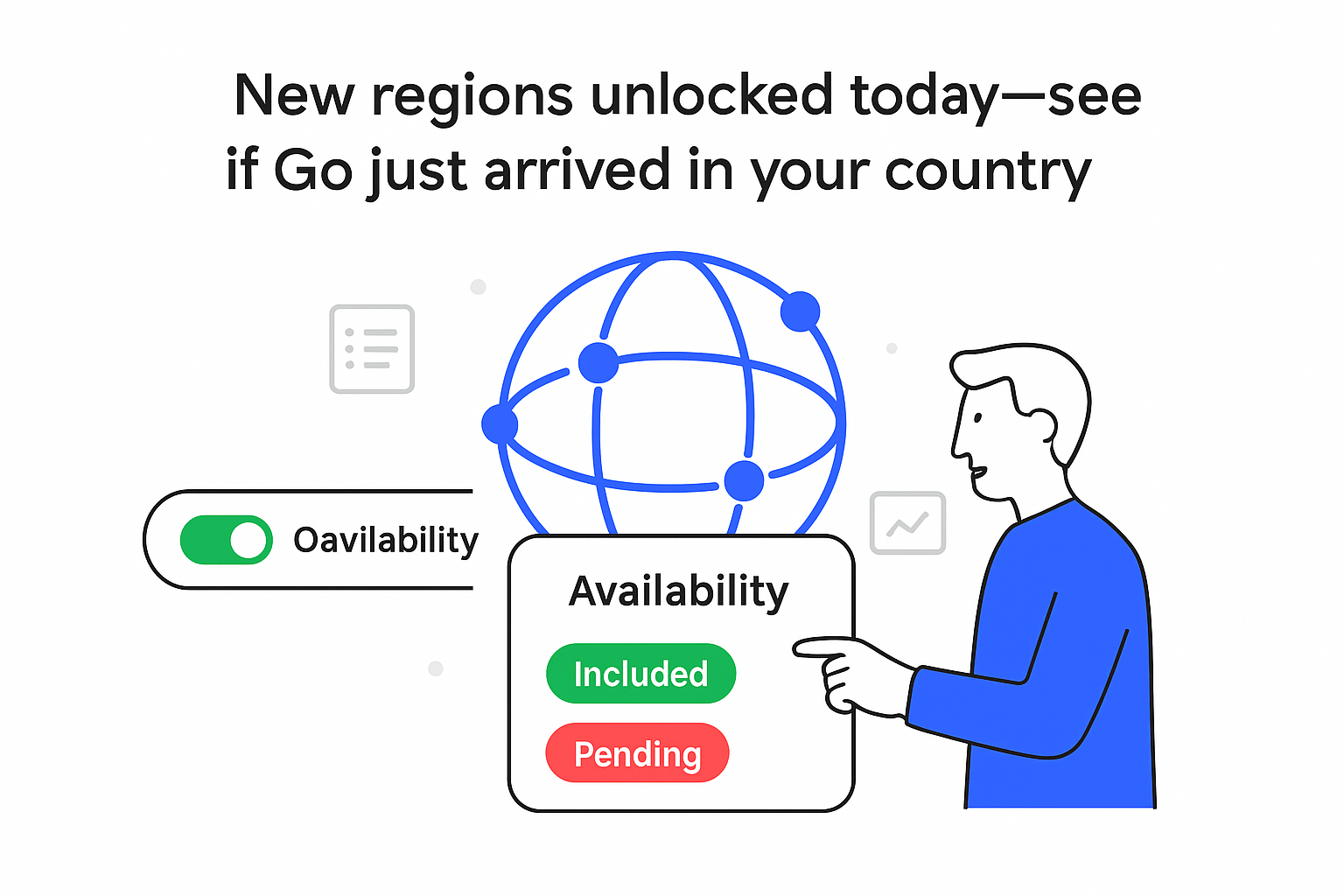Pew Research Center’s latest study claims Google’s new AI Overviews are diverting clicks away from publishers. Google and several measurement specialists dispute the finding, arguing that the sample is too small, the timing misaligned, and that layout observations cannot substitute for click-stream data. Marketers are left to decide whether the alleged traffic loss is meaningful or just statistical noise.
Study Design Under the Microscope
The Pew project tracked 66,410 search queries generated by 902 U.S. desktop users in March 2025, then manually re-ran those queries once during the week of April 22 - 28. Researchers noted that an AI Overview appeared in 25 percent of the replicated searches and inferred that fewer visible blue links could suppress publisher clicks. Google countered that the study’s 0.000013 percent slice of monthly query volume is far from representative and that its internal logs still show “billions of outbound clicks per day.”
Independent analysts add that AI Overview trigger rates, ranking blends, and citation links are recalculated continuously, so any month-over-month snapshot risks temporal bias. Full methodological details are available on Pew’s Methodology page.
Key Takeaways for Marketers
- Treat the numbers as hypotheses. Sampling error balloons to ±8-14 percentage points once demographic weighting is applied. Do not treat the Pew figures as ROI-critical facts.
- AI Overview coverage is volatile. Google’s own tests show trigger rates swinging at least 10 points week-to-week in some verticals.
- Clicks can migrate rather than disappear. Google asserts that AI Overviews generate long-tail queries that offset declines in top-of-page clicks.
- Update SEO metrics. Traditional rank tracking is losing value; blended share-of-voice dashboards that include AI Overview citations will reflect reality more accurately.
- Use a 6-9 month decision horizon. Reallocate budgets only when internal analytics confirm a sustained traffic change of 5 percent or more attributable to AI Overviews.
Situation Snapshot
- Pew’s report published May 23 2025 states AI Overviews “may limit visits to original publishers.”
- Google’s July 1 rebuttal calls the study “skewed” and says aggregate outbound clicks are “not materially down.”
- Search veteran Duane Forrester called the sample “exceedingly low” in a LinkedIn profile post on July 2.
Breakdown of the Statistical Debate
Sampling error. A random sample of 66 k queries from a 500 billion-query universe would normally have a 95 percent confidence interval of ±0.38 points, but Pew’s panel-based approach inflates variance to as much as ±14 points.
Temporal drift. AI Overview eligibility scores are recalculated nightly, so March logs and April layouts are not equivalent.
Assumed click loss. Pew inferred that fewer above-the-fold links equal fewer clicks, yet Google’s logs suggest that clicks on AI Overview citations plus remaining organic results can be flat or even up in certain categories.
Impact Assessment
Paid Search and Shopping
Ad units still sit above AI Overviews, and early tests show less than one-point variation in ad CTR where AI Overviews appear. The risk rises only if Google embeds sponsored content inside the overview itself, which is currently speculative.
Organic Visibility
Definition-style pages can lose up to 12 percent of impressions when AI Overviews satisfy user intent. Deeper analytical pieces may gain visibility through citation links inside the summaries.
Content Strategy
Broad publishers benefit from rotating inclusion across multiple AI Overview variants, while narrowly focused sites may feel sporadic drops. Emphasize author expertise and original datasets, signals the sourcing model increasingly values.
Analytics Operations
Referral strings differ when traffic originates from an AI Overview card. Update parsing rules to avoid mis-attribution and tag paths containing /search?sca_esv= to isolate AI Overview traffic.
Scenarios and Probabilities
- Base case – 60 percent. Incremental rollout continues; net outbound clicks stay within ±3 percent of pre-AI Overview levels by Q4 2025.
- Publisher upside – 25 percent. Google widens citation slots or tightens answer length, lifting traffic by at least 5 percent.
- Downside risk – 15 percent. More aggressive generative answers cut organic link visibility by over 8 percent, pushing budgets toward paid channels.
Risks, Unknowns, Limitations
- No independent click-stream dataset is publicly available.
- User behavior may shift as people learn the new layout.
- Regulatory or publisher pushback could force Google to adjust AI Overview density, invalidating short-term findings.
- The analysis assumes Google’s “billions of clicks per day” claim is accurate; if selective, real impact may be understated.
Sources
- Pew Research Center – “AI Overviews and Web Traffic,” May 23 2025
- Google Communications – Statement to media, July 1 2025
- Duane Forrester – LinkedIn post, July 2 2025
- Search Engine Journal – Montti R., “Validity of Pew Research on Google AI Search Results Challenged,” July 3 2025







.svg)